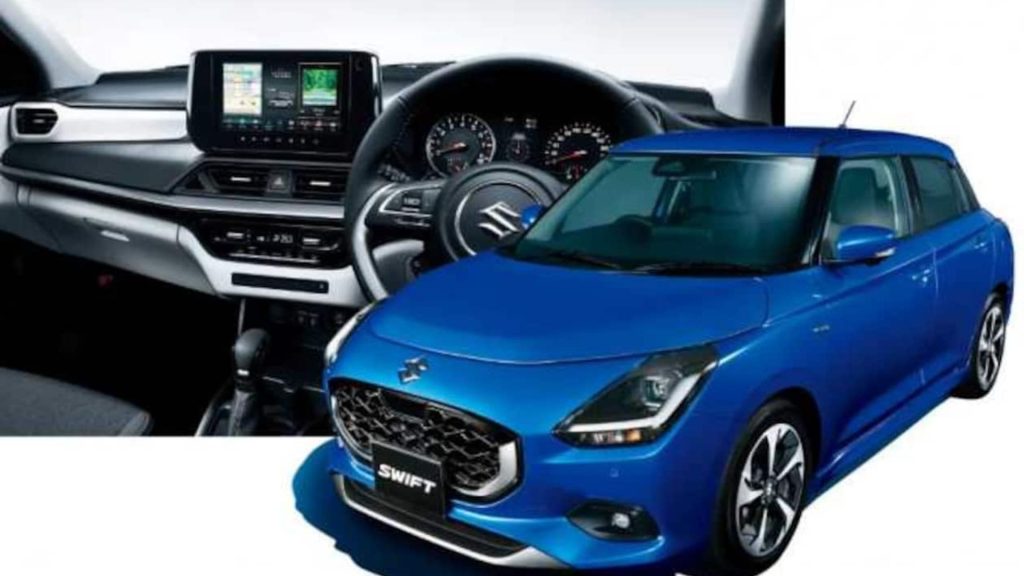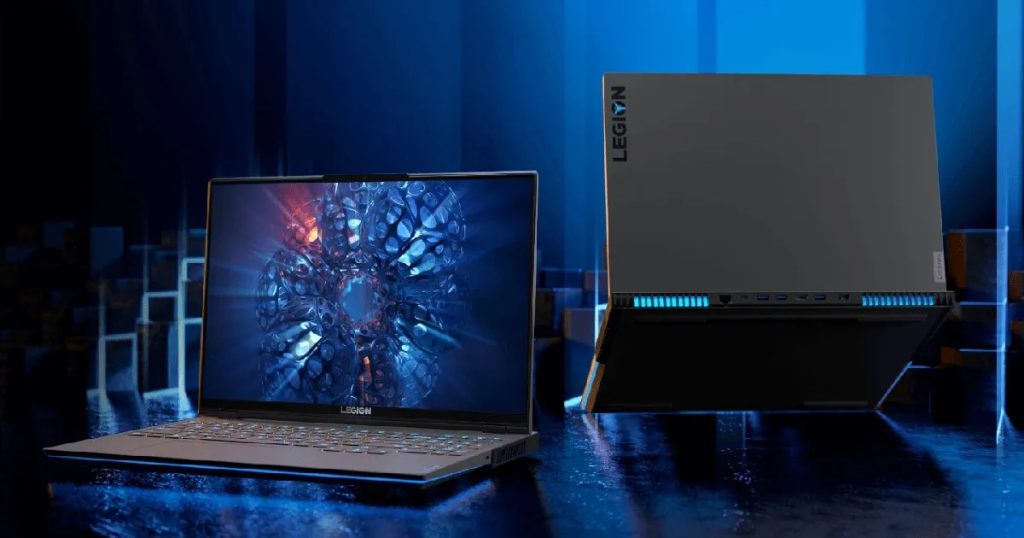This is apparently the all-new Suzuki Swift, except I’m not sure that’s completely true. In this article, I’m going to be telling you why that is and also finding out if the new Swift is the spiritual successor to the Ford Fiesta, which was very sadly killed off last year. The Swift is a small hatchback that’s been around since the 1980s. Although Suzuki officially considers it the first-generation car, the model went on sale in 2004, and that’s because it was the first time the nameplate was used in Japan.
That makes this the fourth-generation car, and it’s a little bit bigger than a Toyota Igo Cross but not as big as a Yaris, and that means it is smaller than a lot of modern European superminis like the Renault Clio and the Skoda Fabia. And actually, it’s the size of the Swift that’s interesting because it is, to the millimeter, exactly the same height and width as the old third-generation car. And that is quite a coincidence, because if it were all new, you would expect there to be some changes to those dimensions, even if only small ones. Well, it turns out this is built on the same Hartect platform as the old third-generation Swift. And that platform traces its way back almost a decade to cars like the Suzuki Baleno that you can’t buy anymore. Now, there’s nothing wrong with that. Lots of heavily updated cars use the same platforms as their predecessors. It’s just that calling it all new is a bit of a stretch. And actually, it doesn’t look dramatically different from the old Swift either.

You’ve still got the same-shaped headlights, broadly speaking, and the same-shaped grille as well. Although there is now a higher shoulder line, that’s designed to help the car look a little bit taller, a little bit bigger. There is also what’s probably best described as a mono-prout around here. And that’s because the shot line for the bonnet is bigger than it was before. The bonnet itself is also flatter, and it doesn’t extend as far down on the nose of the car. If you’re a fan of this particular color, it’s called Frontier Blue Metallic. Suzuki is very proud of it; it’s all new, and it’s a three-layer paint system that’s designed to give a deeper sheen. But if you don’t like it, don’t worry; there are seven other colors to choose from plus a further four dual-color paints, and they basically have a black or metallic gray roof depending on the main body color you go for. There is lots of genuinely new stuff, though, including what’s under here. So this is Suzuki’s new three-cylinder, 1.2-liter petrol engine.
It isn’t turbocharged, so it only has 81 brake horsepower. And although Suzuki calls it a mild hybrid, I’d actually say it’s more of a mild hybrid because there is no 48-volt electrical system like you’ll find in most other mild hybrids. Instead, there’s a 12-volt battery, and that powers what’s effectively a big starter motor to assist the gasoline engine when you’re pulling away. And then, when you’re slowing down, the motor acts as a generator to produce electricity to feed back into the battery. Officially, the new Swift delivers up to 8% better fuel efficiency than the old K12D four-cylinder engine that was in the old Swift, which means CO2 emissions are as low as 99 grams per kilometer and fuel economy is as good as 64 mpg. Now those are some really impressive figures, especially for a mild hybrid, and of course that’s partly because of how efficient the new engine is, but it’s also because of how light the Swift is. So depending on which version you go for, the curb weight can be as low as 949 kilos. That is way lighter than a Clio, a Fabia, or a Polo. And it also helps make up for Swift’s relative lack of power. Something we’ll be talking about a little bit more later on. For the very best efficiency, you’ll need to go for the standard five-speed manual gearbox. Although if you don’t want to change gear for yourself, there is also a CVT automatic option. That adds £1,250 to the price and worsens the fuel economy by about 8%. And very unusually for a small car like this, there is a four-wheel drive option. It’s called AllGrip. This is one of those cars, and as well as obviously having better traction than the regular two-wheel drive model, it also has jacked-up suspension, so you get a little bit more ground clearance.
The AllGrip won’t be arriving in the UK until later this year, and fuel economy and CO2 emissions haven’t been announced yet, but we do know it’ll weigh an extra 1,250 pounds over an equivalent two-wheel drive version, and you’ll only be able to have it with the five-speed manual gearbox. As I’ve already said, the Swift is smaller than a lot of its rivals, so how does it stack up for practicality? Well, when it comes to boot space, there is more space for luggage in here than there is in an Igo Cross, but less, of course, than in a Clio or a Fabia. There’s also a pretty big drop-down from the boot entrance onto the floor, and you can’t have a height-adjustable boot floor to mitigate that. On the other hand, there are some clever touches, like these false floor panelThese false floor panels can be removed and stored under the boot floor to create a completely flat load area. There are also some useful storage cubbies around the cabin including a decent sized glovebox and door bins that can hold a 500ml bottle. The rear seats are reasonably spacious for two adults or three children, but headroom can be a bit tight for taller passengers.
Overall, the new Suzuki Swift does have some genuinely new features, such as the efficient three-cylinder engine and the false floor panels in the boot. However, it’s built on an old platform and doesn’t look dramatically different from the previous generation. That being said, its light weight and efficient engine make it a fun and fuel-efficient choice in the supermini segment


